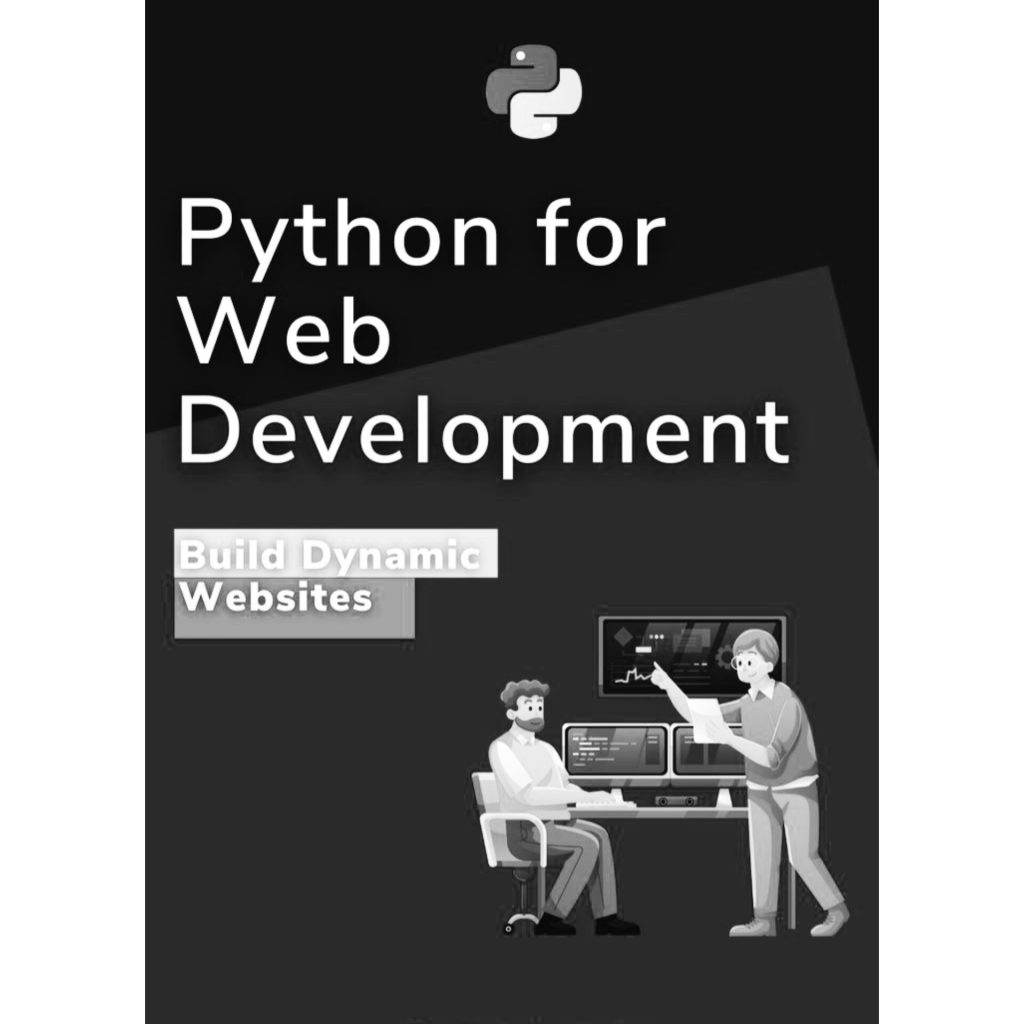Harness the Power of Python to Create Interactive and Dynamic Websites
Discover how to leverage the versatility and robustness of Python to build dynamic websites that captivate your audience. In this comprehensive step-by-step tutorial, we will guide you through the process of developing interactive web applications using Python, enabling you to unleash your creativity and enhance user experiences like never before. Let’s dive into the world of dynamic web development with Python and unlock endless possibilities for your online presence.
When it comes to web development, Python has emerged as a powerhouse programming language. Its simplicity, readability, and vast ecosystem of libraries make it an ideal choice for building dynamic websites. Whether you are a seasoned developer or a beginner, this step-by-step tutorial will equip you with the necessary knowledge and tools to create impressive web applications using Python.

Why Python for Dynamic Web Development?
Python provides a perfect balance between simplicity and power, making it an excellent language for developing dynamic websites. It offers a wide range of frameworks, such as Django, Flask, and Pyramid, which simplify the process of building web applications. Additionally, Python’s extensive library ecosystem allows you to effortlessly integrate various functionalities into your projects, such as handling databases, processing forms, and implementing user authentication.
Setting Up the Development Environment
Before we begin building dynamic websites with Python, we need to set up our development environment. First, ensure that you have Python installed on your system. You can download the latest version from the official Python website and follow the installation instructions provided. Once Python is installed, we recommend using a virtual environment to manage dependencies and isolate project-specific configurations.
Next, choose a web framework that aligns with your project requirements. Django is a robust and feature-rich framework suitable for large-scale applications, while Flask offers a lightweight and flexible approach for smaller projects. Install your chosen framework using the package manager, pip, and create a new project to get started.
Understanding the MVC Architecture
To build dynamic websites effectively, it’s crucial to understand the Model-View-Controller (MVC) architectural pattern. This pattern separates the application logic into three components:
- Model: Handles data management and interacts with the database.
- View: Handles the presentation logic and renders the user interface.
- Controller: Handles the request/response flow and acts as an intermediary between the model and view.
Understanding the MVC architecture helps maintain code organization, enhances reusability, and promotes scalability. Python web frameworks follow this pattern, and grasping its fundamentals will significantly benefit your dynamic web development endeavors.
Developing Dynamic Pages with Templates
Templates play a vital role in creating dynamic web pages. They allow you to generate HTML dynamically by combining static content with data from the server. Most Python web frameworks provide their template engines or support popular ones like Jinja2 and Mako.
To create dynamic pages, you’ll learn how to define templates, pass data from the server to the templates, and render the final HTML output. We’ll explore various template features like conditional statements, loops, and filters, enabling you to build dynamic and personalized content.
Interacting with Databases
Dynamic websites often require storing and retrieving data from databases. Python offers several libraries and frameworks to interact with databases seamlessly. Django provides an Object-Relational Mapping (ORM) layer that simplifies database operations, while Flask integrates with popular libraries like SQLAlchemy.
In this tutorial, we’ll cover the basics of database modeling, connecting to databases, performing CRUD (Create, Read, Update, Delete) operations, and leveraging the power of Python’s ORM capabilities to make database interactions a breeze.
Handling User Input and Forms
Web applications heavily rely on user input and forms for various functionalities like authentication, data submission, and feedback collection. Python web frameworks provide mechanisms to handle form validation, data processing, and secure data transmission.
You’ll learn how to create forms, define form fields, perform validation, and handle user input securely. We’ll explore different techniques to prevent common security vulnerabilities like Cross-Site Scripting (XSS) and Cross-Site Request Forgery (CSRF).
Implementing User Authentication and Authorization
Securing your dynamic websites is of utmost importance. Python web frameworks offer built-in functionalities to handle user authentication and authorization, ensuring that only authorized users can access specific parts of your application.
We’ll guide you through implementing user registration, login, password hashing, and user role-based authorization. You’ll learn how to create restricted areas, manage user sessions, and protect sensitive information effectively.
Deploying Your Dynamic Website
Once your dynamic website is ready, it’s time to make it available to the world. We’ll discuss various deployment options, including shared hosting, virtual private servers (VPS), cloud platforms, and containerization. You’ll understand how to configure your application for deployment, set up production-grade web servers, and manage domain names.
By following this step-by-step tutorial, you will gain a solid foundation in building dynamic websites using Python. Unleash your creativity, enhance user experiences, and create web applications that leave a lasting impact. Get ready to embark on an exciting journey into the world of dynamic web development with Python!

